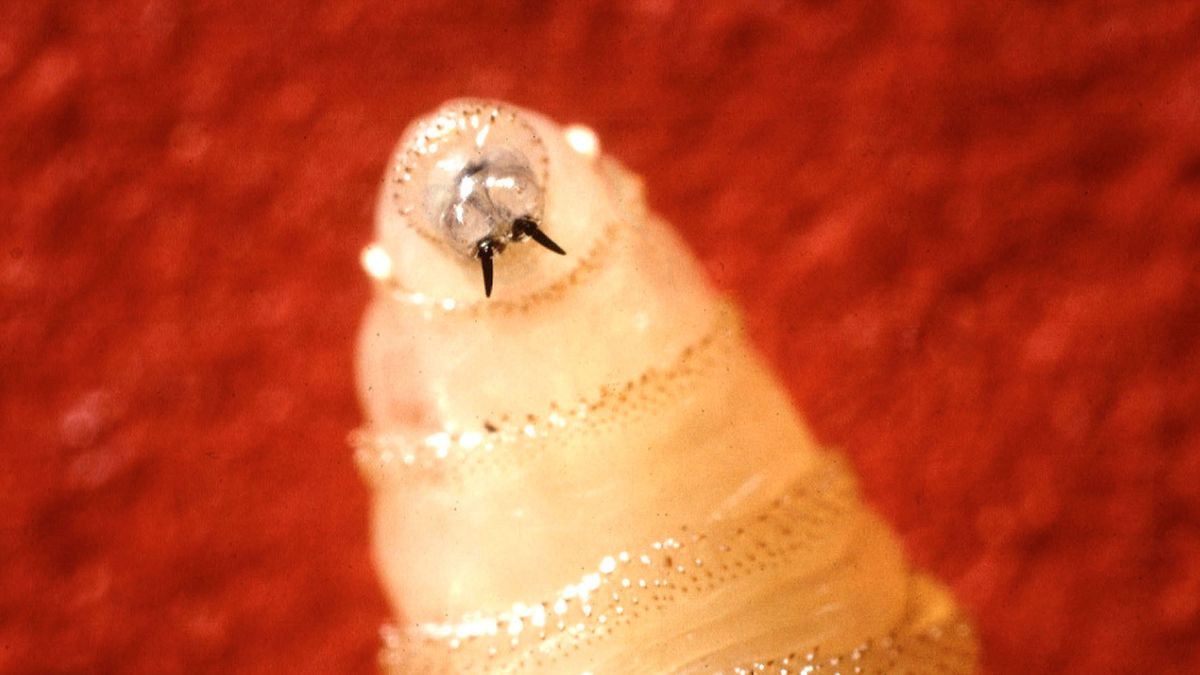Whether governments and local authorities should add fluoride to tap water has always been a politically charged topic. In 1945, Grand Rapids, Michigan, became the first city in the world to take this step, in an effort to promote dental health.
“From epidemiological data, it was discovered that there was less decay in children’s teeth in some areas versus others,” Lucy O’Malley, an applied health scientist at the University of Manchester in the U.K., told Live Science. “They found this was because some areas had water supplies that had natural fluoride levels at around 1 ppm [part per million] and that was beneficial for protecting against caries,” better known as cavities.
In the decades since, health authorities across the United States, the United Kingdom, and other countries have introduced similar levels of fluoride to tap water. But what is the science behind how fluoride actually prevents cavities?
It helps to first understand the anatomy of teeth, which are made up of an extremely specialized body tissue, Dr. Alexander Morris, a professor of dental public health at the University of Birmingham in the U.K., told Live Science in an email.
Related: How does plaque cause cavities?
Teeth have four components: enamel (the hard, shiny outer covering), dentine (the bulk of the tooth), pulp (the inner soft tissue), and cementum (a thin covering of the root to anchor it to the jaw), he explained. The enamel acts as the first line of defense against tooth decay.
Composed of a mineral called hydroxyapatite — a tough solid containing charged molecules of calcium, phosphate and hydroxide — enamel is the hardest substance in the human body. The bulky phosphate particles are packed closely together, with the smaller calcium and hydroxide ions sitting in the small spaces between. Strong attraction between the positive and negative particles holds this structure together, creating a continuous and extremely tough mineral. This shield protects the softer and more vulnerable dentine and pulp underneath it from damage and wear.
However, frequent consumption of refined sugars — such as those in sugary snacks and drinks — can degrade this protective surface. “When you eat sugars, they get broken down by bacteria in your mouth,” O’Malley said. “As the bacteria feed off the sugars, they excrete acid, and that acid contributes to the demineralization of enamel.”
On a chemical level, the acid leaches the negative phosphate and hydroxide ions out of the enamel, weakening the overall structure. As holes in this enamel surface wear through to the dentine, bacteria can invade that inner tooth tissue and accelerate decay. “If the area of tooth affected gets big enough, the tooth structure collapses, forming a cavity,” Morris said.
Fluoride addresses this problem by facilitating two key protective mechanisms that help safeguard the enamel.
“Incorporation [of fluoride] into the tooth enamel makes it more resistant to the acids produced by bacteria, helping prevent tooth decay in the first place,” Morris said. “The presence of fluoride can also help repair early decay by creating more resistant enamel during the repair process.”
Known as remineralization, the tiny fluoride ions replace a portion of the hydroxide within the enamel’s structure. Fluoride is much smaller than hydroxide, so these particles fit better in the gaps between the phosphate ions. This creates a stronger and more compact crystal structure, called fluorapatite.
The greater attraction between the different ions in this fluorinated mineral means the negative particles are much less likely to leach out of the enamel. This thereby provides greater protection against acid damage and wear.
The benefit of fluoride for dental health is well established — in fact, the ion has been included as an additive in toothpaste since the 1970s. “It’s become more widespread in usage,” O’Malley said, “and from about that time, we’ve seen a really dramatic decline in the rates of caries.”
Whether through water, toothpaste or dental treatments, “adequate exposure to fluoride in whatever form reduces the risk of tooth decay,” Morris concluded. Some jurisdictions, rather than fluoridating their water, provide children fluoride in milk, salt, or mouth rinses that they’re given at school.
This article is for informational purposes only and is not meant to offer medical advice.
Ever wonder why some people build muscle more easily than others or why freckles come out in the sun? Send us your questions about how the human body works to [email protected] with the subject line “Health Desk Q,” and you may see your question answered on the website!















